You may have asked yourself saucepan vs sauce pot: what are the differences? Pots and pans are the workhorse of the kitchen. They will also make or break how your food turns out. They are truly the foundation of whatever you’re cooking and knowing what you’re using is key.
Saucepan, stock pot, sauté pan, etc. What are all of these, how do you use them, and what’s the difference between them all? You’re in the right place! I’ll take a deep dive into their similarities and differences, and what situations are best for each.
Saucepan vs Sauce Pot: What are the Differences?
To answer this question, it’s important to have basic definitions of what each is.
A saucepan is a piece of cookware of a similar size to a sauté pan with steep sides, a long handle, and a lid. It’s frequently used to cook liquids, but not exclusively. Rice, pasta, beans, soups, and, of course, sauces are all frequently cooked in a saucepan.
In recipes, saucepans are typically referred to in three different sizes – small, medium, and large – based on the volume they can hold. Generally, their volumes are as follows:
Small: 1 – 2 quarts
Medium: 2 – 3 quarts
Large: 3 – 4 quarts
Before getting into what a sauce pot specifically is, it’s important to define pot first. A pot, like a saucepan, is a piece of cookware with high sides and a lid. But in contrast, a pot has two looped handles on each side and has a size range that varies far more than saucepans.
There are many types of cookware that fit into this definition and their volumes typically fall into these categories:
Small: 2 – 4 quarts
Medium: 4 – 8 quarts
Large: 8 – 12+ quarts
Sauce pots basically make up the small size category. A stock pot, pressure cooker, and Dutch oven are examples of medium and large pots. Of course, the type of pot you’ll need all depends on what you’re cooking.
What Kinds of Pots and Pans Do I Need?
What are you cooking? Though even the answer to that question may give you a variety of cookware. A saucepan is typically used for heating liquids, making sauces, or cooking small amounts of food. A pot is typically larger and can be used for a wider variety of tasks such as boiling, simmering, or deep frying.
When deciding which to use, consider not only the type of food you’re cooking, but also the amount and the desired outcome. If you’re making a sauce, for example, you’ll want a saucepan that allows you to easily stir and reduce the sauce. If you’re boiling pasta, a medium to large pot will give you enough room for the pasta to move freely.
Saucepans
In addition to heating liquids and making sauces, a saucepan can also be used for cooking grains such as rice, oatmeal, or quinoa. They’re perfect vessels for delicate tasks like melting chocolate or making custards as well, due to its small surface area and high sides that help control the heat and prevent scorching.
Pots
As for a pot, its larger size makes it perfect for tasks like boiling potatoes, making soup, or cooking stews. A stock pot, the largest of the pot family, is ideal for making large batches of broth or cooking crabs and lobsters.
A pot with a tight-fitting lid is also great for steaming vegetables or cooking large quantities of rice. It can even be used as a makeshift double boiler by placing a heat-resistant bowl or smaller pot on top.
Both a saucepan and a pot are very useful in the kitchen, and are often used in the same meal. When making tomato sauce, for example, a saucepan is great for reducing the liquid and thickening the sauce, while a pot will be used to cook the pasta.
What are the Types of Saucepans?
Typically, saucepans are for – you guessed it! – making sauces. But they also have many other uses as well and the application will inform which type you should choose. Here are the different styles of saucepans that you should know about and the different ways they’re used.
Classic Saucepan
This is the most common type of saucepan that you will find in most kitchens. It has a straight-sided design with a long handle and either a metal or glass lid. They’re perfect for making sauces and can also be used for boiling small amounts of liquid.
Double boiler
A double boiler consists of two saucepans – a smaller one fits inside a larger one. It’s used for delicate tasks like melting chocolate, making custards, and cooking sauces that require gentle, indirect heat. It works by boiling water in the larger saucepan which then heats the smaller one inside.
Butter Warmer
A butter warmer is a very small saucepan. It’s perfect for melting butter or warming small amounts of sauce. It has a short handle and sometimes a spout for easy pouring.
Saucier
A saucier is a type of saucepan that has a rounded bottom and sloping sides. This unique design makes it ideal for making sauces, as it allows for constant stirring and excellent heat distribution. Sauciers are also great for cooking rice and other grains, as the rounded bottom prevents the food from getting stuck in corners.
What are the Types of Pots?
As mentioned above, pots come in many sizes and varieties, with different materials and features that make them suitable for different cooking methods. Here are some of the different types of pots and their unique features.
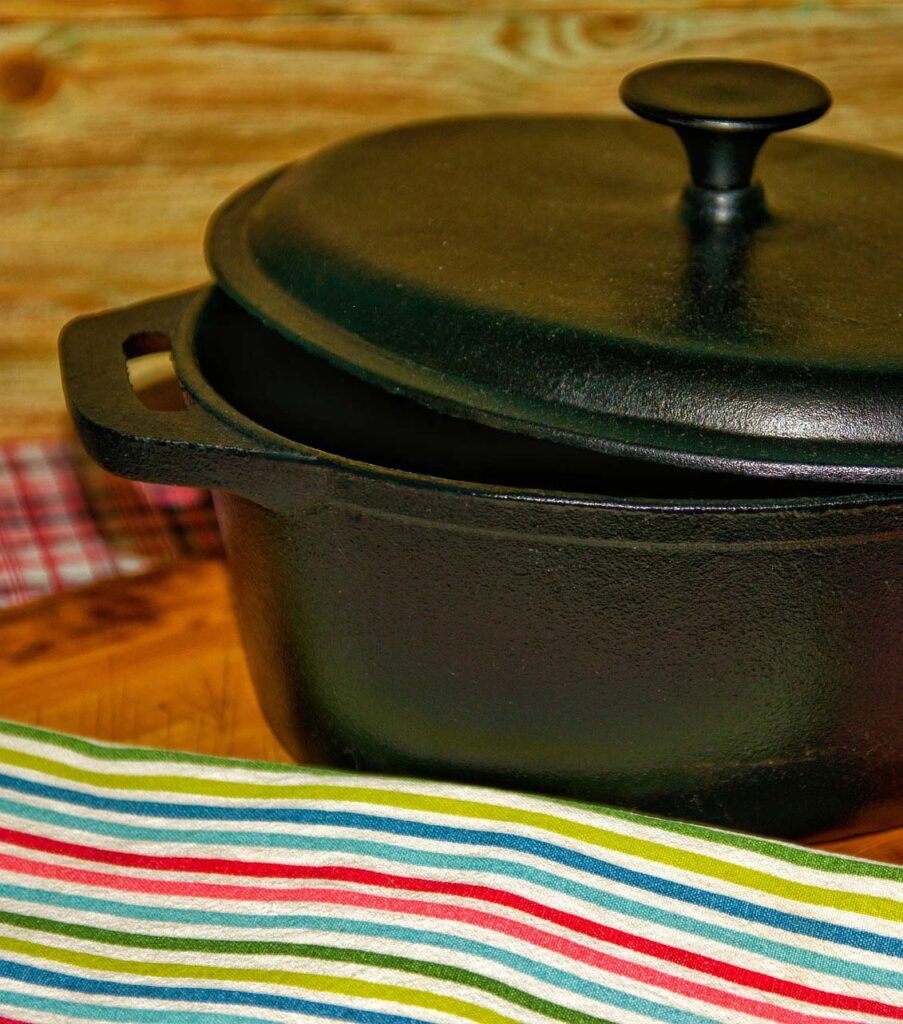
Dutch oven
A Dutch oven is a large, heavy, thick pot with a tight-fitting lid. It’s typically made of cast iron or enameled cast iron, which makes it ideal for slow-cooking stews, soups, and other hearty dishes. We also often use our 7 quart Dutch oven to bake sourdough, as it provides the environment needed for the perfect crust.
The two looped handles on each side make it easy to move the pot from the stove to the oven, and the heavy construction helps distribute heat evenly for consistent cooking. This is one of the most used pieces of cookware in our kitchen!
Stockpot
A stockpot is a large, deep pot that’s perfect for cooking large batches of soups, stews, and stocks (hence the name). It’s also ideal for cooking pasta, boiling potatoes, or blanching large amounts of greens. Some home cooks have different names for this, such as a soup pot, pasta pot, or simply a cooking pot.
Steamer
Though not actually a pot itself, a steamer is a perforated insert or basket that sits above boiling water. It’s used for steaming vegetables and seafood, and typically used in conjunction with a stock pot. Depending on the type of steamer, there may be either one large handle or two looped handles on each side to lift the steamer basket in and out of the pot.
Pressure cooker
A pressure cooker is a pot that uses pressure to cook food faster than traditional methods. It’s typically made of stainless steel or aluminum, and has a locking lid with a pressure release valve.
The high pressure raises the boiling point of water, which means that food can cook much faster than in a regular pot. They’re often used for cooking tough cuts of meat, beans, and grains, as well as for canning, or just as a way to save time.
Slow cooker
A slow cooker, also known as a crockpot, is the epitome of low and slow cooking! It’s a pot that cooks food slowly over hours. It’s typically made of ceramic or stoneware, and has a removable, oven-safe inner pot that sits inside a heating element. They’re ideal for preparing stews, roasts, soups, and other dishes that require long cooking times.
Slow cookers have some advantages over other types of cooking pots. They’re convenient to use, as you can simply add all of your ingredients to the pot and let it cook for several hours without any additional attention. It also lets you set it and forget it, and it keeps your stove top open to cook other dishes, if needed.
They’re also energy-efficient, as they use very little electricity compared to other types of cooking appliances. And because they cook food slowly and at a low temperature, they can help tenderize tough cuts of meat and develop rich, complex flavors.
What Kinds of Materials are Pots and Pans Made from?
Pots and saucepans come in a wide variety of materials. Choosing the right material can make a significant difference in how your food is cooked, as well as how easy it is to clean and maintain your cookware. Here are some of the most common materials used.
Stainless Steel
Stainless steel is a durable, non-reactive material that is easy to clean and maintain. It is a great choice for pots and saucepans, as it is resistant to rust and corrosion. It’s a poor heat conductor, meaning that it takes longer to heat up compared to other materials. However, it is often combined with aluminum or copper in multi-layered designs to improve heat conduction.
Aluminum
Aluminum is a lightweight and affordable material that is an excellent heat conductor. It heats up quickly and evenly, making it a great choice for cookware. However, it can react with acidic foods, causing discoloration and an off-taste. To prevent this, aluminum is often anodized or coated with a non-stick surface.
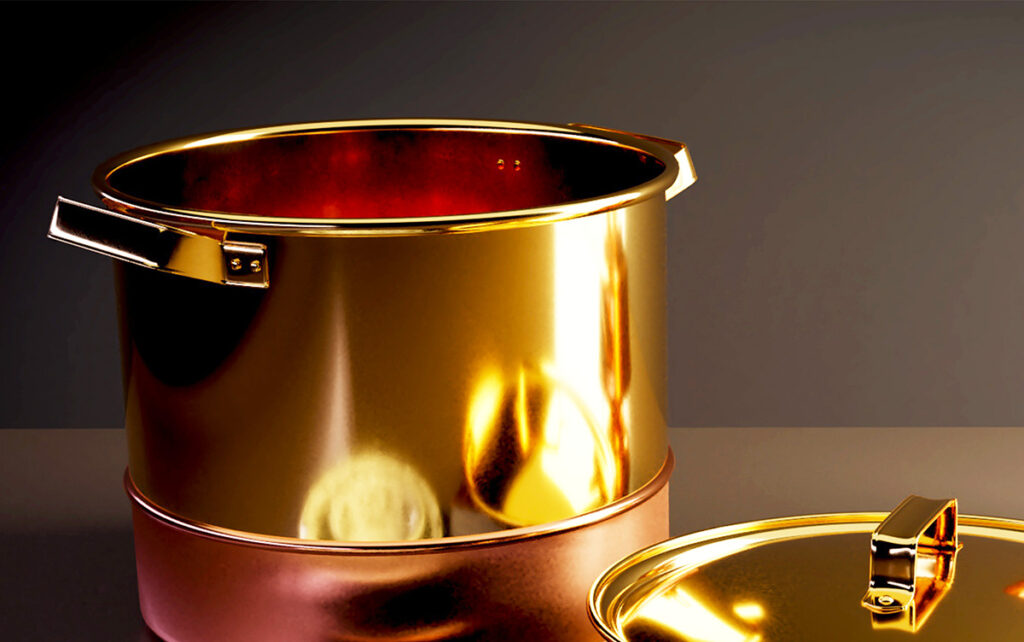
Copper
Copper is an excellent heat conductor, and it heats up quickly and evenly. It is also a beautiful material that adds a touch of elegance to any kitchen and is becoming a very popular material choice. However, it is a reactive material as well. Copper cookware is often lined with a non-reactive material such as stainless steel due to this.
Cast Iron
Cast iron is a heavy and durable material that is excellent for many cooking methods. It retains heat well and can be used on any heat source. Cast iron also adds iron to your food, which can be beneficial for those who are iron-deficient. However, it requires seasoning and can be prone to rust if not properly cared for. Due to this, it’s sometimes enamel coated, like with many Dutch ovens.
Non-stick
Non-stick cookware is typically made of aluminum or stainless steel with a nonstick coating such as Teflon. It is great for cooking delicate foods such as eggs, and it requires less oil or butter than other materials. However, it is not as durable as other materials and can scratch or chip easily.
Ceramic
Ceramic cookware is a great alternative to non-stick! It’s a great choice for those who are looking for a non-toxic and eco-friendly option. Ceramic cookware is made of clay that has been fired at high temperatures. It is a non-reactive material that is great for many applications, and it’s also an excellent heat conductor.
Conclusion – Saucepan vs Sauce Pot: What are the Differences?
Pots and saucepans are important workhorses in the kitchen that can make or break how your food turns out. Understanding the main differences and similarities between saucepans and pots is essential in choosing the appropriate cookware for your needs.
A saucepan is a piece of cookware similar in size to a sauté pan with straight sides, a long single handle, and a lid, frequently used to cook liquids and small amounts of food. On the other hand, a pot is a piece of cookware with high sides, two looped handles on each side of the pot, and a lid that can be used for a wider variety of tasks such as boiling, simmering, or deep frying.

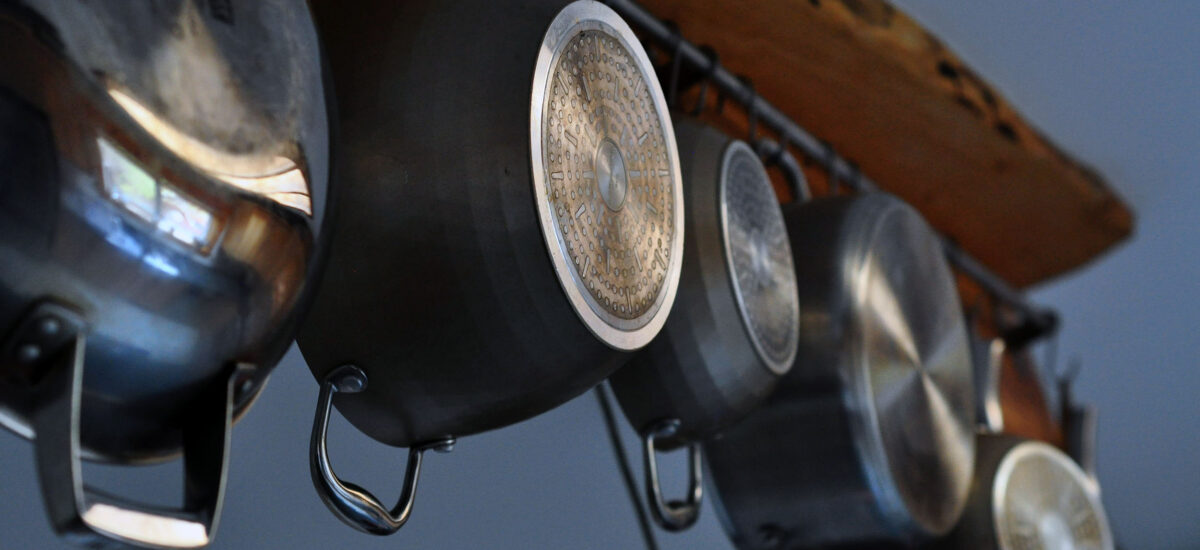

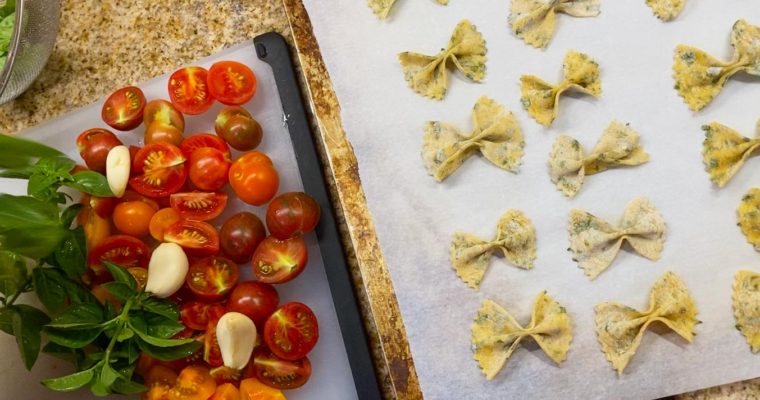
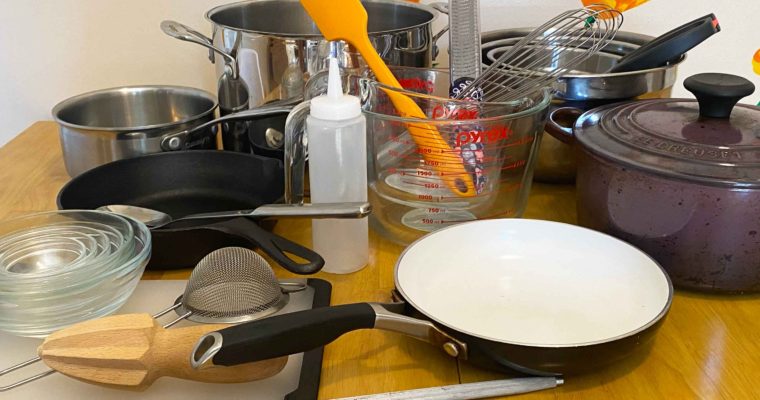
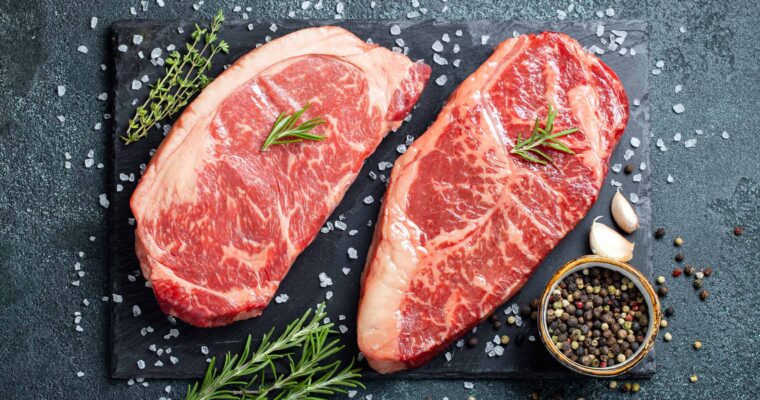
2 thoughts on “Saucepan vs Sauce Pot: What are the Differences?”